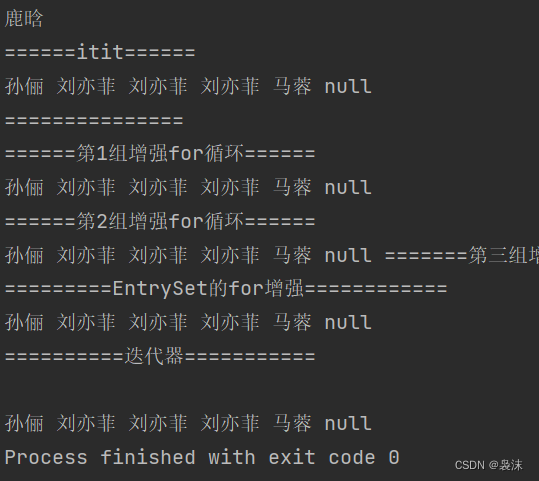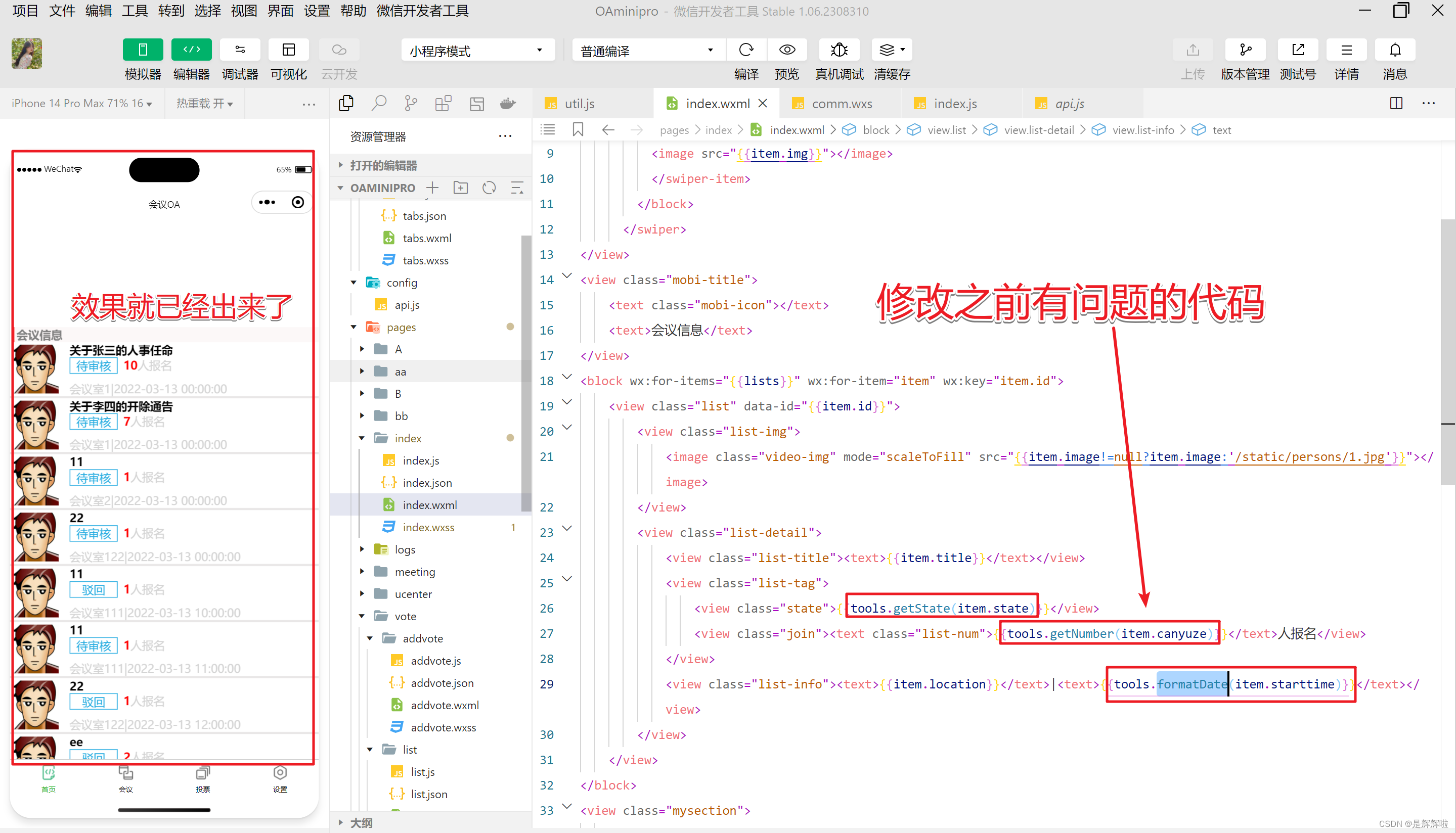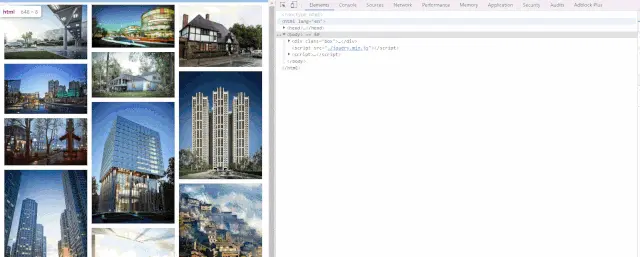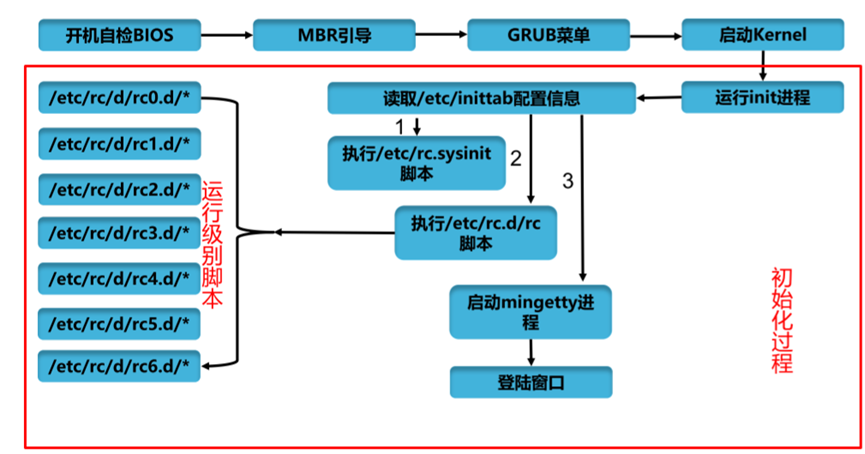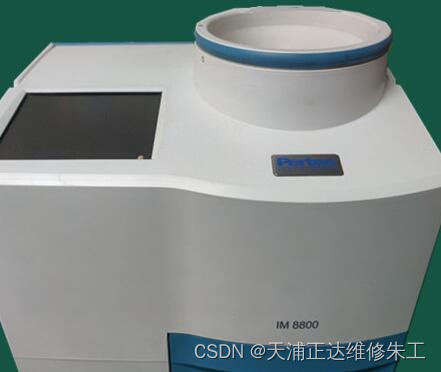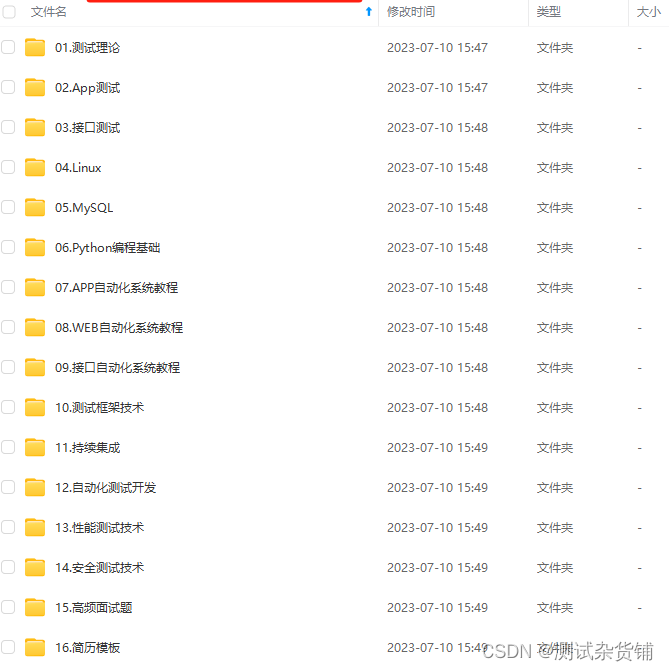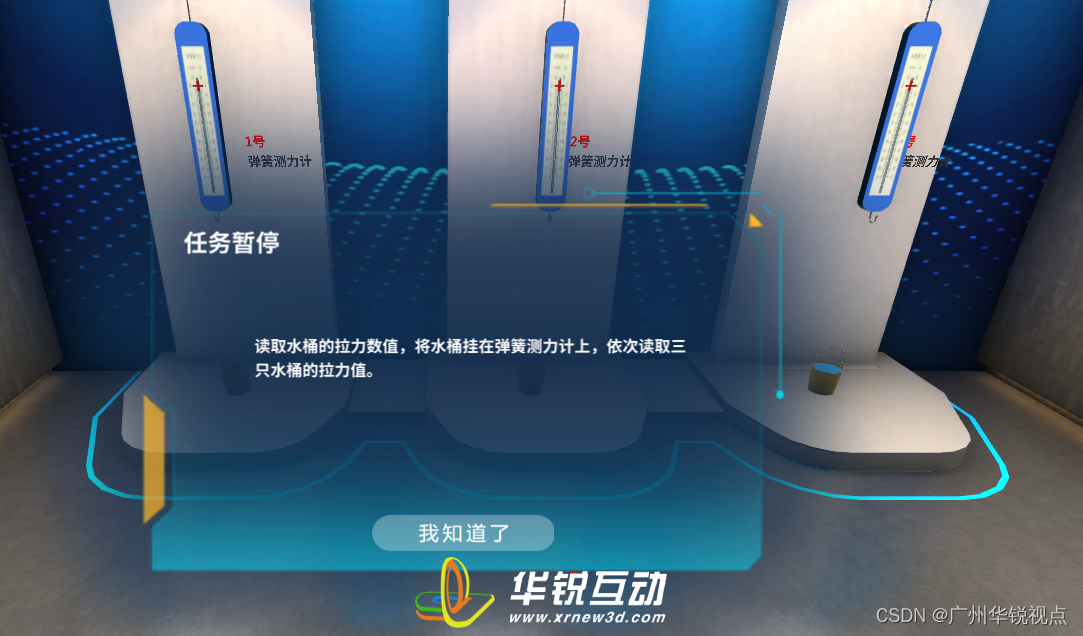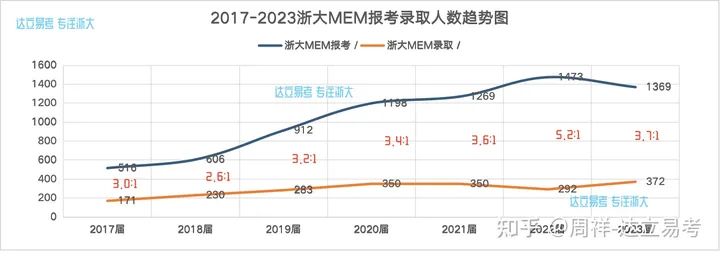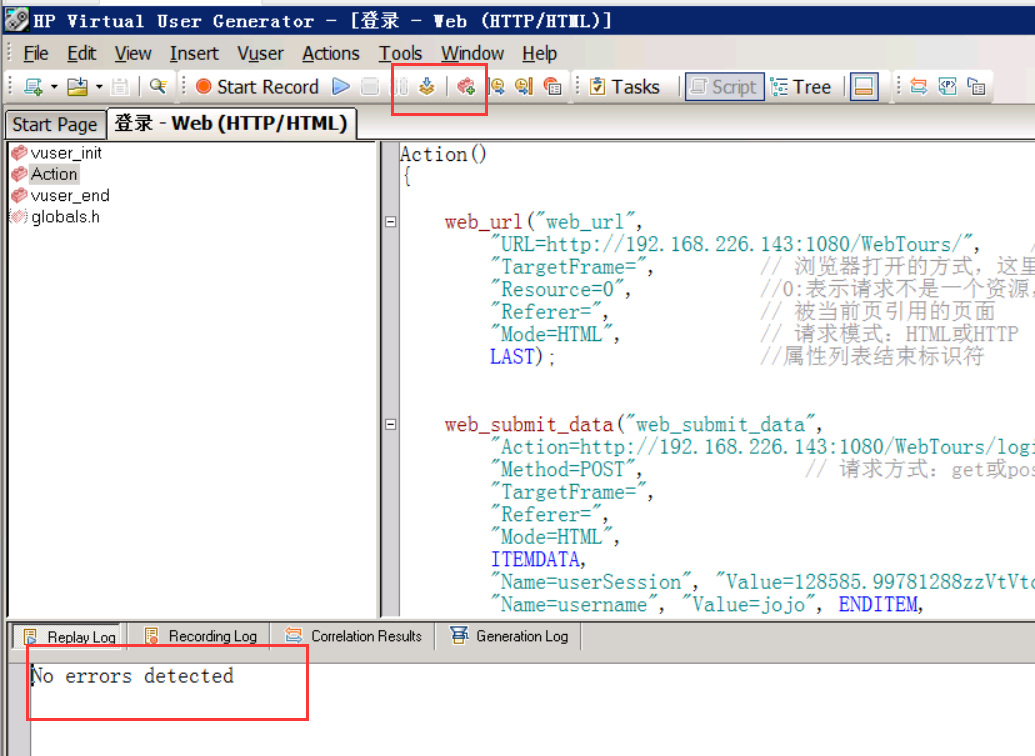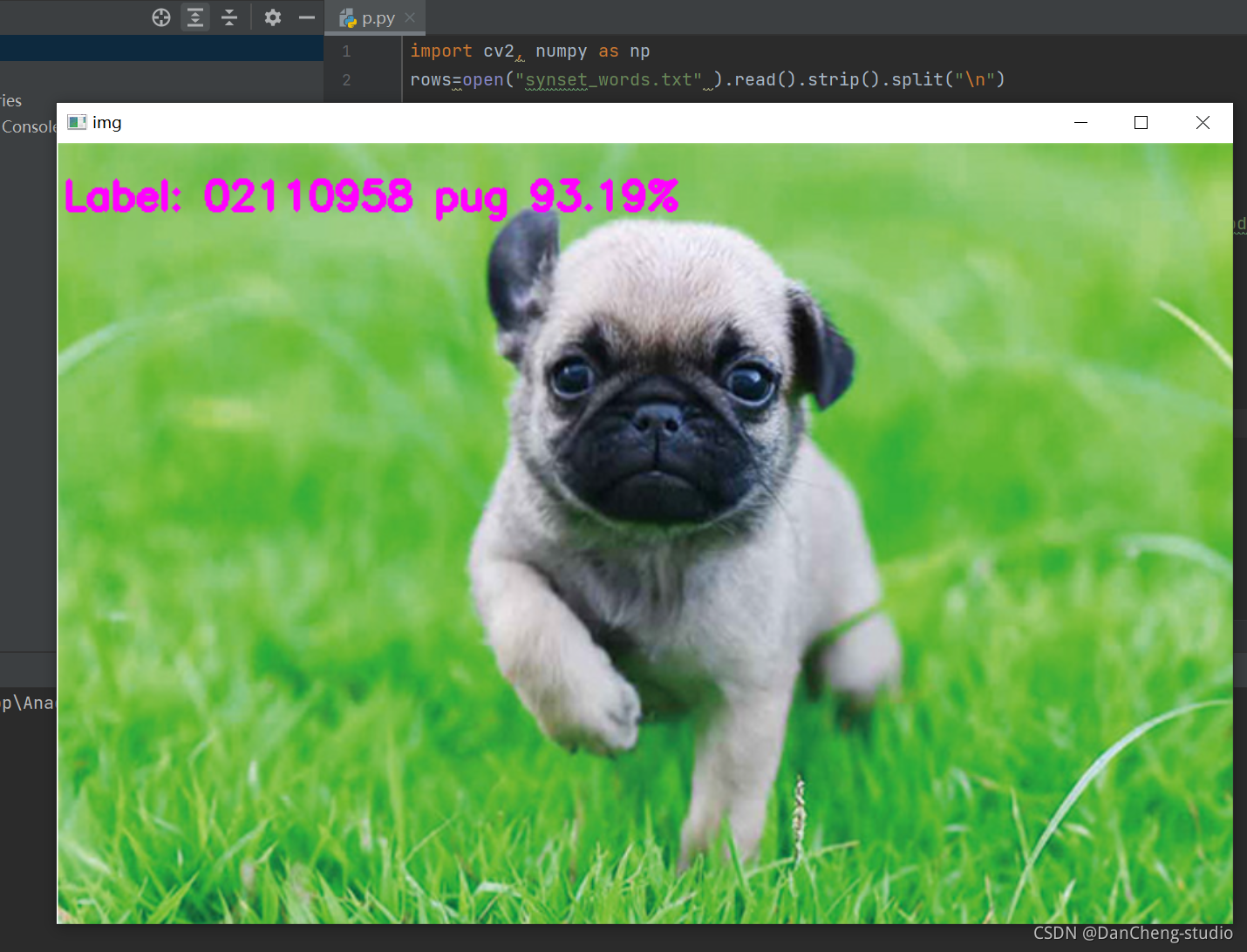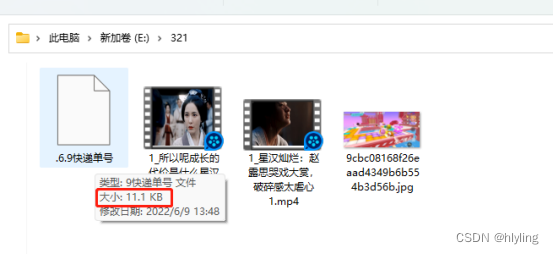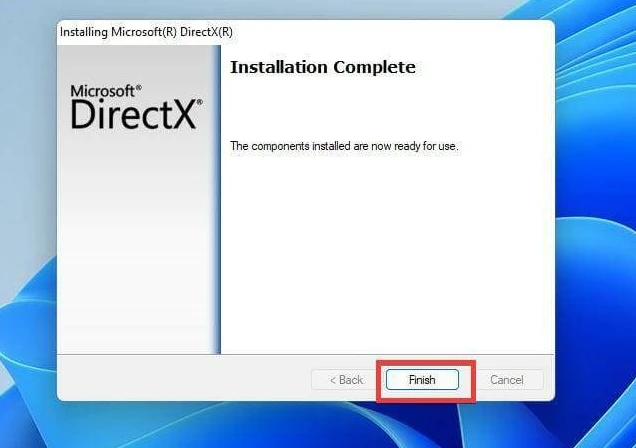前端时间用lombok 的@Cleanup() 想实现线程池的自动关闭,因为使用不当,查bug查了好久,因此写篇博客纪念下,同时也希望读者可以跳过这个坑。
@Cleanup修饰的对象,可以在对象资源使用结束后,自动关闭。
1、错误的用法
@Test
public void test() {
ThreadPoolExecutor executor = createExecutor();
System.out.println(executor);
}
private ThreadPoolExecutor createExecutor() {
@Cleanup("shutdown") ThreadPoolExecutor threadPoolExecutor = new ThreadPoolExecutor(10
, 10
, 1L
, TimeUnit.SECONDS
, new LinkedBlockingQueue<>(1000)
, new ThreadFactoryBuilder().setNameFormat("testDemo" + "-thread-%d").build()
, new ThreadPoolExecutor.CallerRunsPolicy()
);
return threadPoolExecutor;
}
上面是错误的用法,因为用 @Cleanup修饰了threadPoolExecutor,它会在这个方法块执行完毕后,自动执行线程池的shutdown方法,因此创建的线程池是一个关闭状态的。
debug 看下线程池状态:

2、正确的用法
@Test
public void test() {
@Cleanup("shutdown") ThreadPoolExecutor executor = createExecutor();
System.out.println(executor);
}
private ThreadPoolExecutor createExecutor() {
ThreadPoolExecutor threadPoolExecutor = new ThreadPoolExecutor(10
, 10
, 1L
, TimeUnit.SECONDS
, new LinkedBlockingQueue<>(1000)
, new ThreadFactoryBuilder().setNameFormat("testDemo" + "-thread-%d").build()
, new ThreadPoolExecutor.CallerRunsPolicy()
);
return threadPoolExecutor;
}
debug看下线程池的状态:
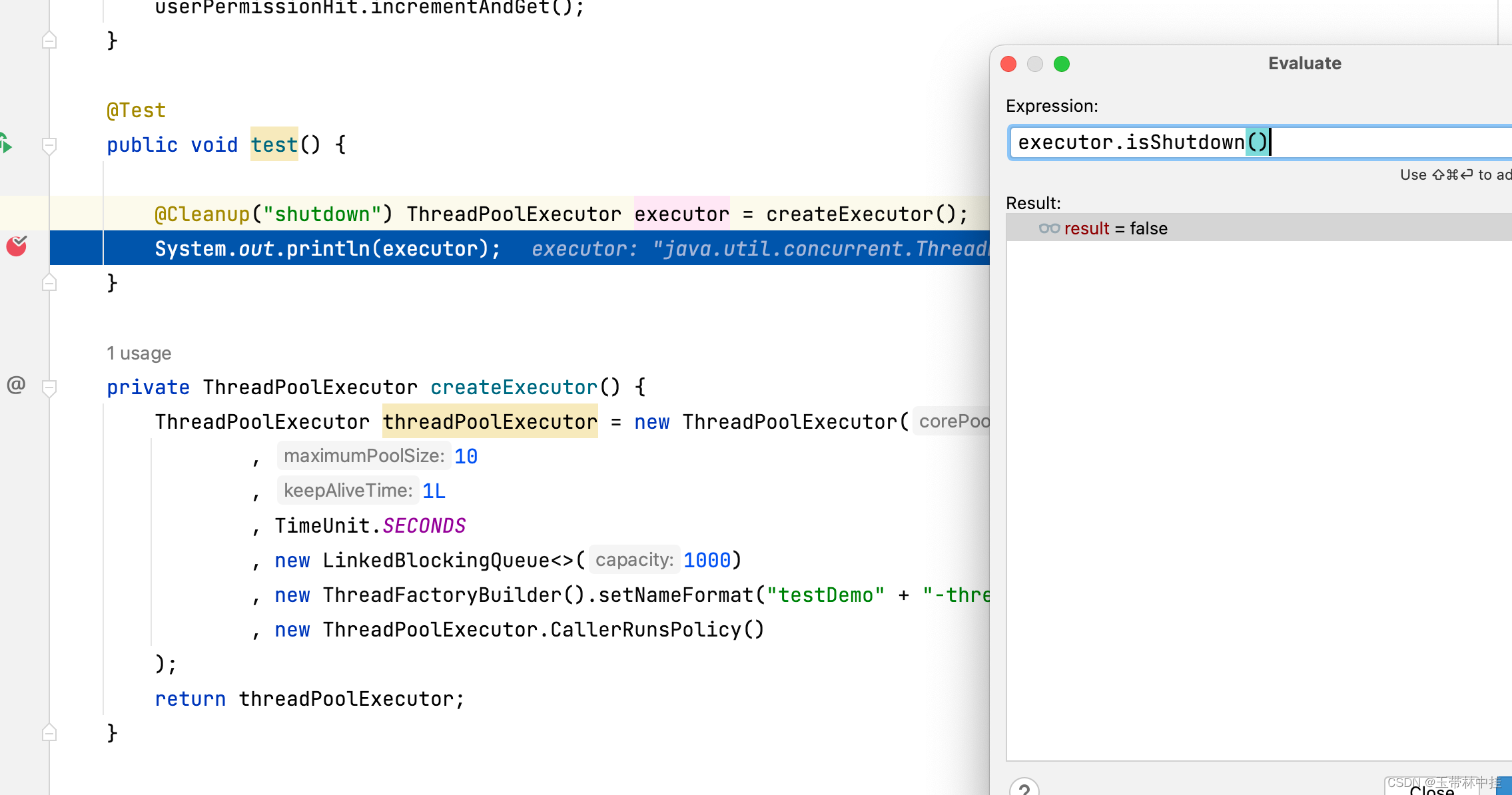
3、其他注意事项
-
@Cleanup 注解只能用于实现了 java.io.Closeable 接口的资源对象上。确保资源对象实现了 Closeable 接口,否则编译时会报错。
-
@Cleanup 注解只能用于局部变量上,不能用于成员变量或静态变量上。
-
被 @Cleanup 注解修饰的资源对象会在代码块结束后自动调用其 close() 方法进行关闭。因此,确保资源对象在方法中的作用范围内,不要在方法外部使用该资源对象。
-
@Cleanup 注解只能用于方法体内部,不能用于方法的参数上。
-
@Cleanup 注解可以和其他注解一起使用,例如 @SneakyThrows 注解,用于抑制方法中可能抛出的异常。
-
@Cleanup 注解不适用于所有场景,例如需要在 finally 块中进行其他操作的情况下,不应使用 @Cleanup 注解。
